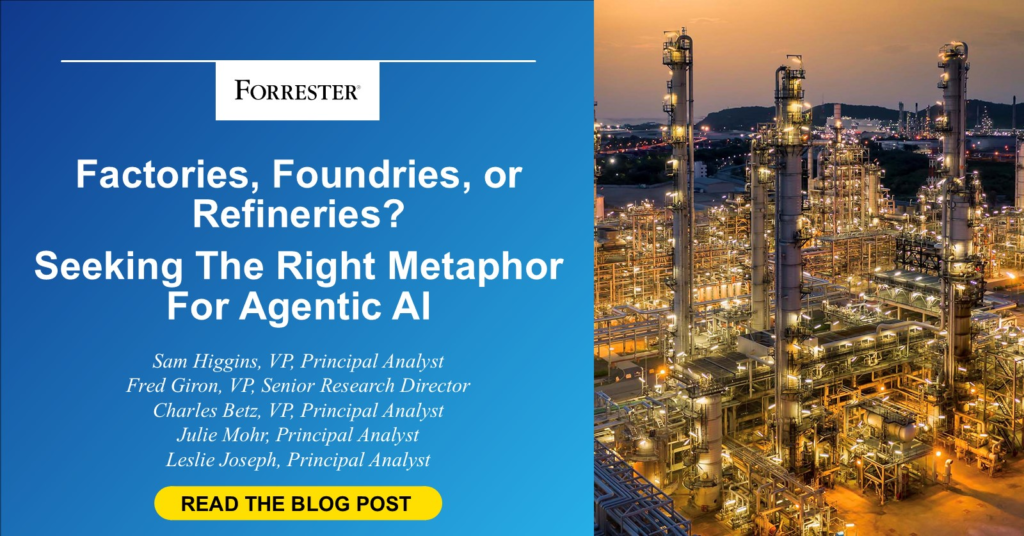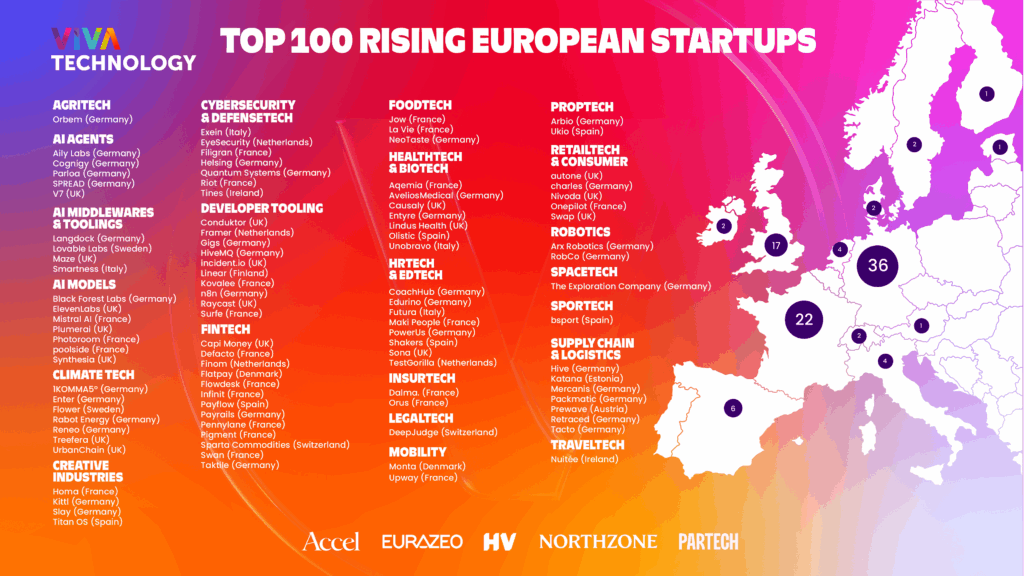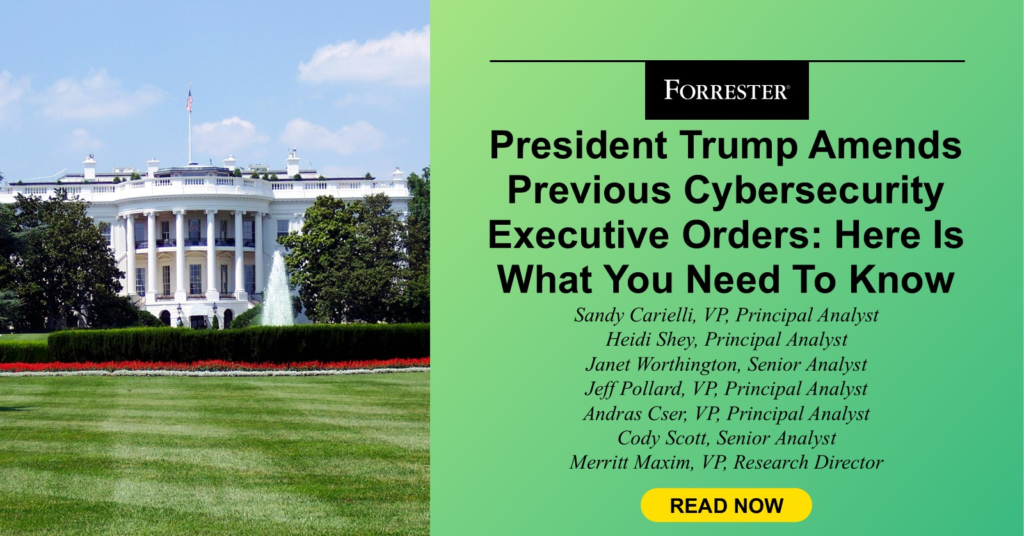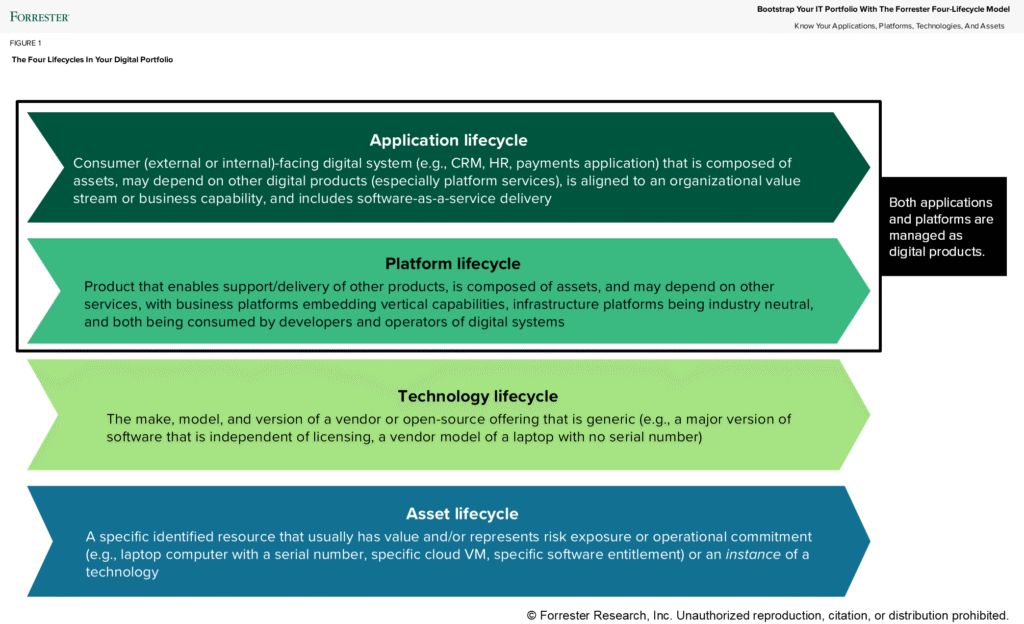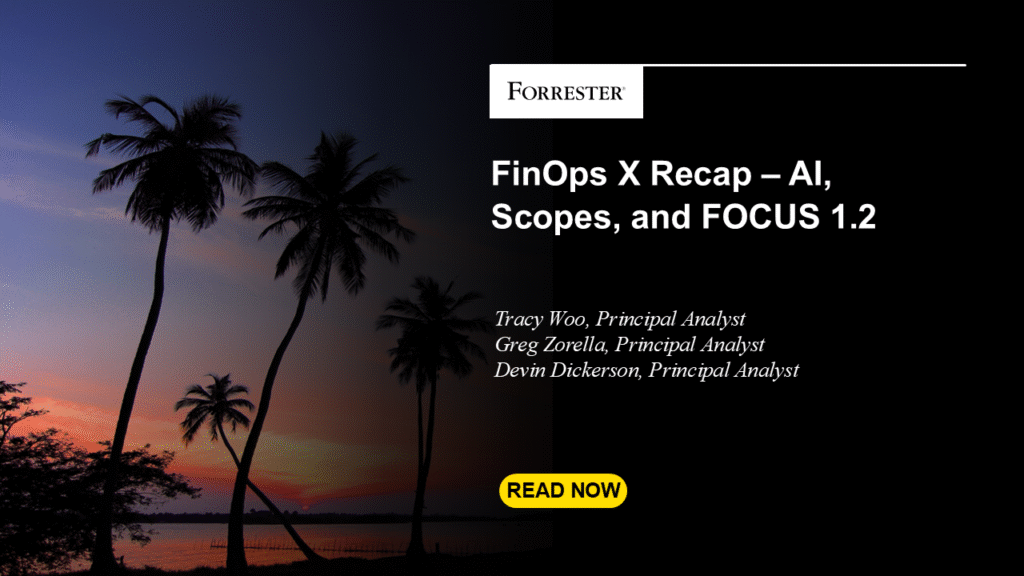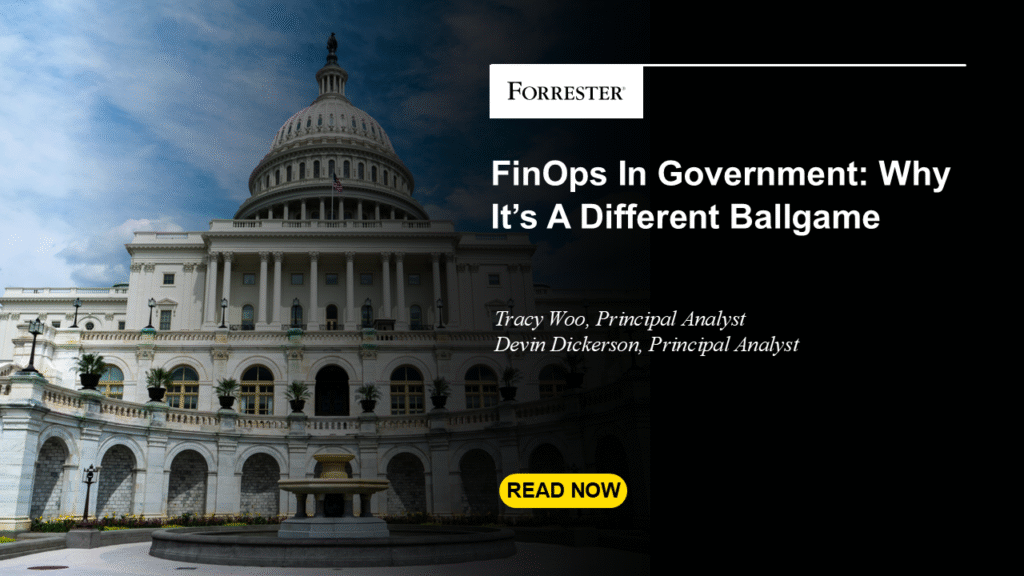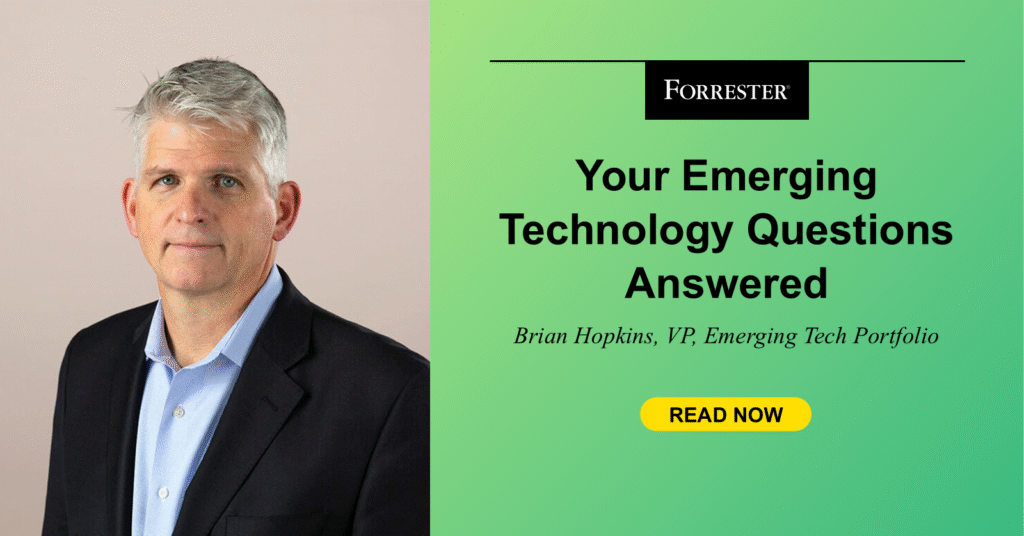Factories, Foundries, or Refineries? Seeking The Right Metaphor For Agentic AI
Enterprise architecture (EA) professionals have mastered deterministic systems: predictable roadmaps, proven adoption patterns, and engineered outcomes. But AI obliterates this paradigm. Probabilistic computing demands fundamentally different architectural approaches that legacy EA frameworks can’t deliver. EA pros must architect for uncertainty, not predictability. They must design expertise-amplification systems, not data-processing pipelines. Organizations that architect AI around human knowledge will dominate competitors trapped in deterministic thinking. Big Tech Foundries Are Crucial But Not Differentiators Big tech platforms such as AWS, Google, and Microsoft offer foundries for AI development: scalable, standardized infrastructure, tools, and models. They provide enterprises a base to build upon, granting access to cloud computing, ML models, and data processing capabilities. But here’s the catch: Foundries don’t offer differentiation. The real value lies in how these tools are used, and that’s where your tacit knowledge — the intangible expertise that only your people have — comes into play. Factories Are Antipatterns Driving Standardization Without Innovation In the rush to deploy AI, enterprises may default to factorylike processes: repetitive, efficient, and standardized. The goal is often speed: moving quickly from prototype to production. While this mentality supports operational scale, it often deprioritizes the contextual nuance needed for innovation. The danger lies in overextending factory thinking into areas where differentiation matters, such as customer insight, decision support, or adaptive workflows. Internal Refineries Turn Raw Data Into Strategic Assets Like refineries that transform crude oil into high-value products, successful AI implementations require systematic refinement of raw inputs (data, models, and algorithms) through the application of tacit knowledge to deliver strategic business outcomes. Tacit knowledge is more than just facts or tactical knowledge — it’s the deep, experience-driven expertise your team possesses. It’s the ontologies and the working language they use to solve problems, which evolves in ways AI will never completely be able to keep up with. And while tactical knowledge can be written down, tacit knowledge is lived and embodied in the human experience — it can’t be fully codified. But it can be surfaced and embedded through structured collaboration. Practices such as cross-functional annotation, domain-specific ontologies, and human-in-the-loop refinement pipelines help translate lived expertise into AI behavior. Take customer behavior predictions: An AI model can process large datasets to predict churn rates, but it’s the tacit knowledge of your team that brings nuanced insights to refine the model. They are alert to the emergence of new interests, cultural shifts, and ways of thinking among your customers. This is where AI becomes contextually valuable, because it’s not just the facts that it processes — it’s the human expertise embedded in it. Build Your Own Future AI Refineries As AI evolves, your ability to build and scale internal refineries will be pivotal. Refinement is the knowledge capacity, the culture, and the practice. Beyond processing data, it’s about creating a knowledge ecosystem that allows you to continuously evolve AI solutions in alignment with your strategic goals. As you embark on your own journey of building AI refineries, it’s crucial to bring your people along for the ride. While technology enables AI innovation, the human aspect — ensuring that employees feel involved and empowered — is what makes the system sustainable. People need to be taken on the journey, encouraged to bring their tacit knowledge to the process, and shown that their insights are valued and integrated into the AI systems. Your People Are The Critical Rare-Earth Minerals For AI Success In the age of AI, your people and the tacit knowledge they hold is your most valuable asset. While public data and big tech’s foundries provide essential tools and infrastructure, it’s your people’s insights, experience, and judgment that turn AI from a generic model into a strategic asset. As an EA professional, your role will evolve to ensure that AI isn’t only built but refined: constantly updated and adapted by the ever-growing body of knowledge your team brings to the table. That’s where the true competitive advantage lies. (This blog post was written in collaboration with Chiara Bragato, senior research associate.) source
Factories, Foundries, or Refineries? Seeking The Right Metaphor For Agentic AI Read More »
